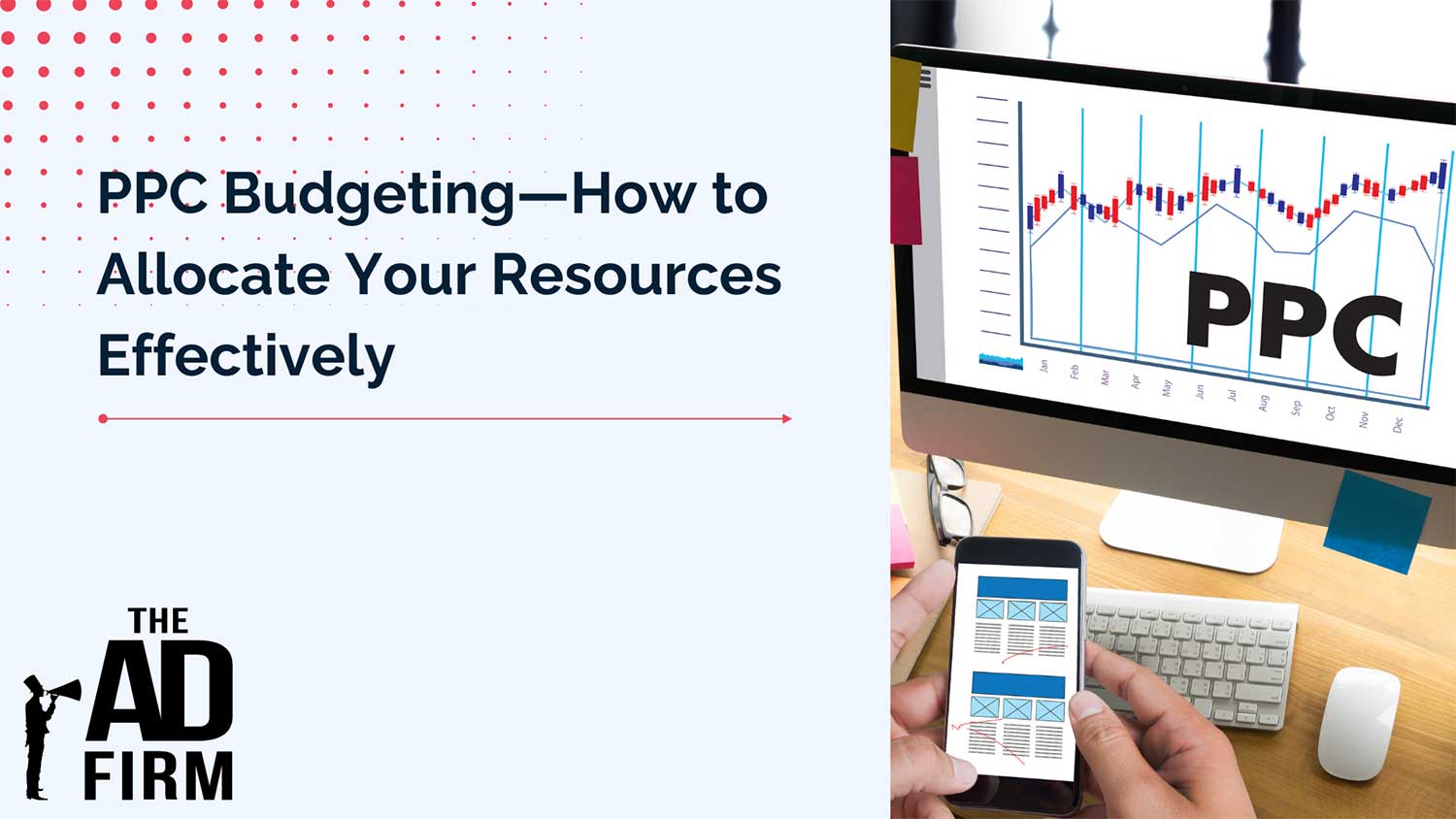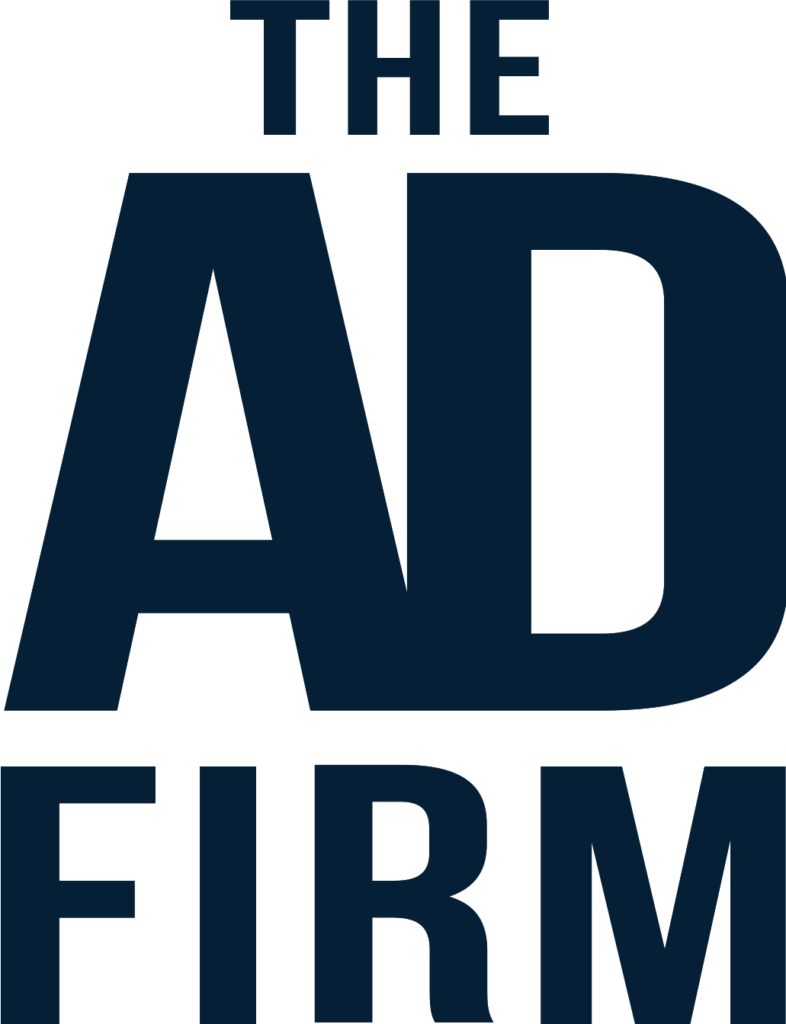Balancing budgets in pay-per-click (PPC) advertising is often a puzzling conundrum because it’s easy to waste resources if done incorrectly.
There are significant benefits of PPC advertising small businesses can gain. From building an initial pool of valuable marketing data to boosting your conversions, it can be a powerful tool once mastered.
However, seeing those results is not as simple as publishing a paid ad campaign and leaving it alone. You’ll need to set and manage budgets accurately—precisely balancing your resources with your results. This balancing act is critical so that you don’t go over- or under-budget.
Get this balance right, and you can maximize your return on investments (ROI) and do so in a cost-efficient way. Get it wrong, on the other hand, and you lose resources and revenue, in the blink of an eye.
To help you achieve that, we provide you with some experience-backed tips for PPC budget management below. Follow along and start improving campaign success and ROI today.
PPC Budgeting 101: Daily and Monthly Budgeting
Running PPC advertising campaigns without a clear understanding of budgeting basics is like setting sail without a compass. You may move forward, but the chances of reaching your goal are slim.
Succeeding in PPC requires sound fundamentals. Meaning it’s essential to grasp concepts like daily and monthly budgeting, and the balancing act it requires so that you truly benefit from it. It’s the first essential step to ensuring you earn from every dollar you spend on it.
Daily PPC Budget
Your daily PPC budget is the amount you’re willing to spend on a campaign per day. The most important thing to remember about this figure is that it’s more of an average, not a hard cap. Some days you will under-spend, and you will overshoot on others.
Monitoring this closely is vital so that you don’t compound your losses. Continuous under-budgeting might lead you to miss out on growth opportunities. In contrast, consistent over-budgeting compounds your losses in terms of costs.
Balancing these is vital to avoid these consequences and end with a net positive outcome.
Monthly PPC Budget
This method of budgeting is another key strategy in PPC management. It involves aligning your daily spending with a broader monthly budget framework.
Here, you should take into account the fluctuating nature of campaign performance and search traffic. By doing so, you ensure that your PPC efforts are in sync with your overall marketing objectives and financial limitations. Subsequently and accordingly, it should inform your optimization efforts so that you increase your gains.
For instance, if data from your monthly budget reveals that maintaining or increasing your budget is better for your campaign, then go ahead and do so.
Strategies for Managing Your PPC Budget Effectively
After learning the type of budget you’re monitoring, the next thing we’ll tackle are some basic strategies for budgeting effectively. In this part, you’ll learn a few best practices you can begin implementing to better allocate your resources for PPC advertising.
1. Optimize your budgeting frequency for better results.
Adopting a dynamic approach to PPC budgeting by adjusting the frequency of your budget assessments can significantly enhance the performance of your campaigns. Here’s how you can implement this strategy effectively:
- Set clear budget review milestones. To ensure a dynamic and responsive approach to PPC budget management, start by setting clear budget review milestones.
Conduct quarterly budget reviews for a comprehensive overview of your campaign’s performance against marketing objectives. This approach lets you adjust allocations for campaigns based on their success or lack thereof.
Building on this quarterly overview, you can then implement monthly adjustments for finer control. Through this more frequent review, you can respond quickly to recent performance data and trends. A granular approach like this usually involves reallocating resources to more successful efforts.
You can begin experimenting with new strategies, thereby maintaining agility and optimizing campaign outcomes.
- Leverage your performance data. This technique lets you optimize campaign effectiveness based on your historical PPC performance data. Here, you’ll need to analyze key performance indicators (KPIs), such as click-through rates (CTR), conversion rates, cost per acquisition (CPA), and return on ad spend (ROAS), to make data-driven decisions when adjusting spending.
Further enhance your strategy by staying current with market trends, including seasonal fluctuations, consumer behavior shifts, and competitive activity. This dual focus will ground your campaigns in solid data and maintain responsiveness to ever-changing market dynamics.
- Implement responsive budgeting. Using PPC management and analytics tools, you can automate your alerts that help you be more responsive with budget adjustments. It may seem like a small act, but leveraging these helpful technologies will do wonders for improving your performance.
Timing is vital to successful advertising campaigns. You constantly need to make rapid and informed decisions about budget adjustments. To empower automation, you must also implement a flexible budgeting framework so that you can allocate and move around funds quickly and capitalize on market opportunities that arise.
2. Streamline your campaigns for maximum budget efficiency.
Effective organization of your PPC campaigns is key to enhancing budget efficiency. Here are several actionable tips to streamline your campaigns:
- Segment campaigns by funnel stage. Organize your PPC campaigns to align with different stages of the marketing funnel (awareness, consideration, and decision). This alignment ensures you’re investing in the right audience at the right time, maximizing the chances of conversion.
- Prioritize based on conversion value. Evaluate the expected conversion value of each campaign. Allocate more budget to campaigns with higher conversion values or those that directly contribute to sales, ensuring a higher return on investment.
- Use native keywords wisely. Implement negative keywords to exclude irrelevant search terms. This reduces wasted spend on clicks unlikely to convert, sharpening your focus on the target audience.
- Adopt geo-targeting. Tailor your campaigns based on geographic location to target users more likely to convert. This can involve increasing bids in high-performance regions while pulling back in lower-performing areas.
- Optimize ad scheduling. Analyze when your ads perform best and adjust your ad scheduling accordingly. Focus your budget on peak performance times to get the most out of every dollar spent.
- Leverage ad extensions. Utilize ad extensions to enhance your ads with additional information, such as location details, contact numbers, or extra links. This can improve your ad’s visibility and click-through rate without additional costs.
3. Maximize ROI by leveraging shared budgets.
Utilizing shared budgets can significantly enhance the ROI of your PPC efforts. Here are three actionable tips to effectively leverage this strategy:
- Identify high-performance and growth potential campaigns. Before distributing your shared budget, assess which campaigns have historically performed well and which have potential for growth. Allocate your shared budget to support these campaigns, ensuring that resources are focused where they can generate the most impact.
- Monitor campaign performance closely. With shared budgets, it’s vital to keep a close eye on how each campaign is performing. Use analytics tools to track spend and performance in real-time. This enables quick adjustments, such as reallocating budget from underperforming campaigns to those delivering better results.
- Set clear objectives and limits. Define specific goals for your shared budget, such as increasing conversions, enhancing click-through rates, or improving ad visibility. Additionally, establish clear limits on how much budget each campaign can consume. This prevents any single campaign from depleting the shared budget, ensuring balanced support across your PPC initiatives.
4. Explore and implement effective bidding strategies.
Choosing the right bidding strategies is crucial for maximizing the ROI of your PPC campaigns. Here are three actionable tips to refine your approach:
- Start with manual bidding for new campaigns. When launching new campaigns, begin with manual bidding to have direct control over your bids. This allows you to gather data on how different bid amounts impact your campaign performance without relying on algorithms to make adjustments.
- Transition to automated bidding. Once you’ve collected enough performance data and identified what works for your campaign, consider switching to automated bidding strategies. These can include options like Target CPA (Cost Per Acquisition) or Maximize Conversions, which use machine learning to adjust your bids in real-time, aiming to get you the most conversions within your budget.
- Use A/B testing to compare strategies. Continuously test and compare different bidding strategies by running A/B tests. This involves setting up identical campaigns with the only variable being the bidding strategy. By analyzing the performance of each, you can determine which bidding approach is more effective for your specific goals and adjust your campaigns accordingly.
5. Enhance budget efficiency with strategic campaign settings optimization.
Optimizing your campaign settings is a critical step towards ensuring your PPC budget is used effectively. Here are three actionable tips to refine your budget allocation through strategic settings adjustments:
- Implement ad scheduling. Analyze your campaign performance data to identify peak times when your target audience is most active and likely to convert. Schedule your ads to run predominantly during these periods. This ensures your budget is focused on the times of day when ads are most effective, potentially lowering costs per conversion.
- Refine location targeting. Use geographic targeting to focus your campaigns on areas where your audience is located and where conversions are historically higher. This may involve excluding locations that don’t perform well to prevent wastage of your budget on low-return areas.
- Optimize audience targeting. Leverage audience segmentation and targeting options to direct your ads to users most likely to convert, based on their interests, behaviors, and past interactions with your brand. Regularly update and refine your audience lists to include high-intent users and exclude those who have not engaged or converted, maximizing relevance and budget efficiency.
Related Reading: 5 Ways to Target Audience More Effectively
Final Thoughts
Effective PPC budget management is a balancing act that requires strategic planning, continuous monitoring, and periodic adjustments. By implementing the strategies outlined in this guide, you can optimize your PPC campaigns for maximum efficiency and ROI.
Remember, the key to success lies in being agile, informed, and always ready to refine your approach based on performance data and market trends.
Embrace these budgeting practices, and watch your PPC campaigns flourish. If you still find yourself at a loss with PPC budgeting, remember that you can always reach out to The Ad Firm. We’d be happy to help you out.









